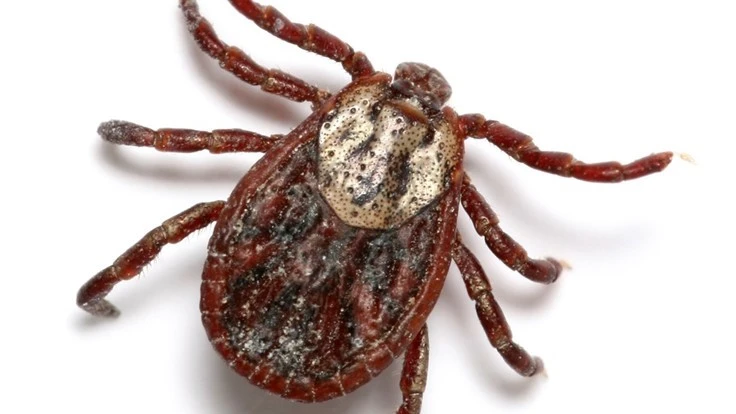
In a study published in mBio, a journal of the American Society for Microbiology, Jorge Benach and Rafal Tokarz, and their co-authors at Stony Brook University and Columbia University, reported on the prevalence of multiple agents capable of causing human disease that are present in three species of ticks in Long Island.
While public attention has focused on Lyme disease, in recent years, scientists have uncovered evidence that ticks can carry several different pathogens capable of several different tick-borne diseases, sometimes in a single tick.
“Polymicrobial infections represent an important aspect of tick-borne diseases that can complicate diagnosis and augment disease severity,” says corresponding author Jorge Benach, PhD, Distinguished Professor at the Department of Microbiology and Immunology at the Renaissance School of Medicine at Stony Brook University. “Some of the polymicrobial infections can be treated with the same antibiotics, but others require different therapies, thus enlarging the number of drugs to treat these infections.”
In the new study, researchers collected ticks from multiple locations throughout Suffolk county in the central and eastern part of Long Island, where seven diseases caused by microbes transmitted by ticks are present. In total, they examined 1,633 individual ticks for 12 separate microbes. They found that more than half of the Ixodes (deer ticks) were infected with the Lyme disease agent, followed by infections with the agents of Babesiosis and Anaplasmosis. Importantly, nearly one-quarter of these ticks are infected with more than one agent, resulting in the possibility of simultaneous transmission from a single tick bite.
Source: mbio
Latest from Pest Control Technology
- Donny Oswalt Shares What Makes Termites a 'Tricky' Pest
- Study Finds Fecal Tests Can Reveal Active Termite Infestations
- Peachtree Pest Control Partners with Local Nonprofits to Fight Food Insecurity
- Allergy Technologies, PHA Expand ATAHC Complete Program to Protect 8,500 Homes
- Housecall Pro Hosts '25 Winter Summit Featuring Mike Rowe
- Advanced Education
- Spotted Lanternflies, BMSBs Most Problematic Invasive Pests, Poll Finds
- Ecolab Acquires Guardian Pest Solutions





